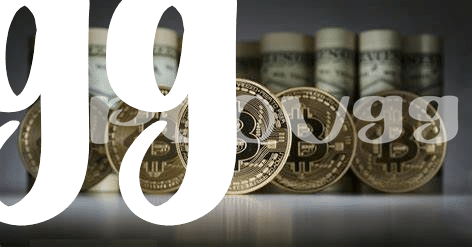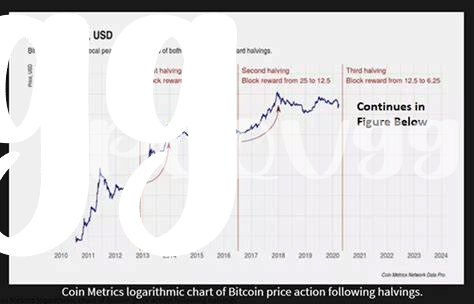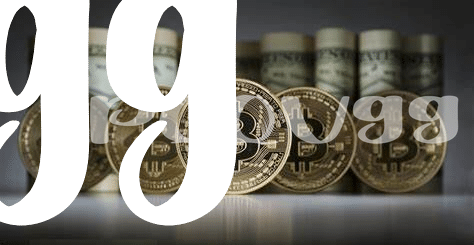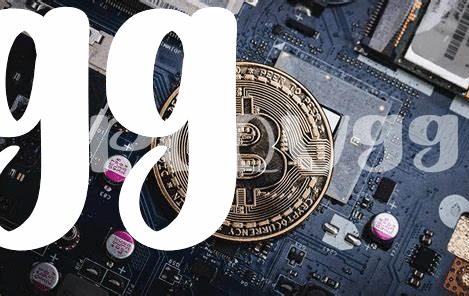🚀 Bitcoin’s Birth and the Quest for Value

Once upon a time, in 2009, a mysterious figure known as Satoshi Nakamoto introduced the world to a digital gold, a new kind of money called Bitcoin. Imagine a world where you can send money across the globe without banks or fees, a world where you are your own bank. That was the dream. But back then, this digital coin was like a precious secret among computer whizzes. They believed in it, even when a single Bitcoin was worth less than a cent. People scratched their heads, wondering, “Can this really be money if you can’t hold it in your hands?”
As the days turned to months and then years, curiosity grew. The value of Bitcoin started to inch up as more people began to see its potential. They saw that it wasn’t just about being a new form of money but also a way to store value, much like gold has done for centuries. This idea took hold because, unlike traditional money, there’s only a limited amount of Bitcoin available. Here’s a little table to help paint the picture:
| Year | Bitcoin Value Milestone |
|---|---|
| 2009 | Practically worthless |
| 2010 | First real-world transaction (10,000 BTC for 2 pizzas) |
| 2011 | Reaches $1 |
| 2013 | Surpasses $1,000 |
| 2017 | Touches $20,000 |
| 2021 | Exceeds $60,000 |
Through booms and busts, the journey of Bitcoin from an obscure digital curiosity to a sought-after asset has been nothing short of extraordinary.
💡 from Geek Money to Global Denomination
Once upon a time, Bitcoin was like a secret club for computer whizzes. People outside this circle barely knew it existed, let alone thought it could be valuable. But, as word spread, this digital currency started turning heads. People began to see it wasn’t just “geek money” but could actually buy real things. This shift wasn’t overnight, it took stories of folks buying pizzas with thousands of Bitcoins to make others think, “Hey, maybe there’s something here.”
Its journey from an online novelty to a global player is nothing short of a blockbuster movie. As more people learned about it and started using Bitcoin, its value started to rise. It wasn’t just individuals getting in on the action; businesses, famous folks, and even news outlets began to talk about Bitcoin. Everyone wanted a piece of the pie. This popularity helped Bitcoin grow from its humble beginnings to a widely recognized and used form of money worldwide. If you’re curious about how Bitcoin is reshaping our understanding of money, check out https://wikicrypto.news/how-to-use-bitcoin-for-international-remittances-safely.
🏦 Trust in the System: the Role of Security

Bitcoin’s journey to gaining trust wasn’t just about its revolutionary tech or its digital charm; it was significantly about making people feel safe. Think of Bitcoin as a digital treasure chest. For folks to consider storing their gold in it, they needed to trust it wouldn’t just poof into thin air! Security stepped onto the stage, playing a crucial role. It’s like having the most robust lock in the world on that chest. The complex math behind Bitcoin made it super tough for hackers to mess with, reassuring everyone that their digital gold was secure.
As this digital safety net grew sturdier, more people started seeing Bitcoin not just as a cool tech fad but as a reliable safe house for their savings. This trust didn’t happen overnight. It took years of proving its resilience against attacks and thefts. The community behind Bitcoin also put in a lot of elbow grease, continuously upgrading and fortifying the system. This collective effort to boost security was like weaving a stronger safety net beneath Bitcoin’s tightrope, making it a dependable platform for storing value that people could really count on.
💸 Mainstream Adoption: Shops, Celebs, and the Media

Once viewed as the digital playground for tech enthusiasts and forward-thinkers, Bitcoin has swiftly captivated a broader audience, beckoning an era where digital currency is not just an abstract concept but a tangible part of our daily lives. Imagine walking into your favorite coffee shop, where the aroma of freshly brewed coffee meets the sound of coins clinking—only these coins are digital, and they’re called Bitcoin. It’s not just your local café that’s embraced this change; big-name stores, restaurants, and even online platforms are now on board, making it easier for anyone to spend their digital stash. The appeal doesn’t stop at shops and online retailers, as celebrities and influencers have joined the bandwagon, shining a spotlight on Bitcoin through their social media platforms, and bringing a touch of glamour to the world of digital currency. Media outlets, always on the pulse, have contributed to Bitcoin’s mainstream appeal by demystifying its complexities and highlighting its potential as an innovative payment method. For those scratching their heads, wondering how to navigate this new digital currency landscape, resources like bitcoin versus fiat currency for beginners offer a treasure trove of information, easing the transition from traditional cash to the digital gold of the future. As Bitcoin continues to weave itself into the fabric of everyday transactions, it marks a significant shift in how we perceive value, championing an era where digital currency is as familiar as the coins and notes in our wallets.
📈 the Rollercoaster: Volatility Vs. Store of Value
Bitcoin’s journey has been nothing short of a thrilling ride, much like a rollercoaster at your favorite amusement park. Imagine getting on the ride, gripping the safety bar tight as you climb to exhilarating highs, only to suddenly plunge into stomach-churning lows, and then, just when you think you’ve got a handle on things, you’re whipped around unexpected turns. This is a lot like Bitcoin’s price movements over the years. It’s this unpredictability that has sparked debates: can something with such dramatic ups and downs really be considered a safe place to keep your money, akin to how we view gold or real estate?
Despite this volatility, a growing number of people and businesses are nodding their heads. They see Bitcoin not as a get-rich-quick scheme but as a digital treasure chest. The rollercoaster, scary as it may be, is part of the charm, encouraging a broader discussion about what “value” really means in the digital age. This discussion is not just academic; it influences real-world decisions about where to invest. Below is a table that illustrates the infusion of Bitcoin into mainstream adoption, despite its volatility:
| Year | Notable Event | Impact on Perception of Bitcoin |
|---|---|---|
| 2010 | First real-world transaction using Bitcoin | Marked as an actual currency usable in everyday transactions |
| 2017 | Bitcoin’s value hits an all-time high | Amplified general interest and acceptance |
| 2020 | Global economic uncertainties lead to increased investment in Bitcoin | Seen as a “safe haven” asset similar to gold |
🔮 Future Prospects: Beyond Just a Currency

As we gaze into the crystal ball, the journey of Bitcoin is shaping into something more than just digital coins you can send across the internet. It’s emerging as a tool that could redefine the way we think about value itself, far surpassing its initial purpose. Imagine a world where, aside from buying your morning coffee with it, Bitcoin influences sectors like digital identity, property rights, and even how we conduct global trade. This expansion suggests a future where Bitcoin isn’t just a line on a trader’s screen but a cornerstone in a new digital economy.
This evolution invites everyone, from seasoned investors to curious newcomers, to explore the depth and breadth of Bitcoin’s potential. For those looking to dive deeper, understanding bitcoin and remittances for beginners is a great starting point. It’s a peek into how Bitcoin can streamline international money transfers, making it both a fascinating and essential piece of the financial puzzle. As Bitcoin continues to grow, its role in the economy could shift dramatically, offering exciting opportunities for innovation and investment that reach far beyond today’s uses.
